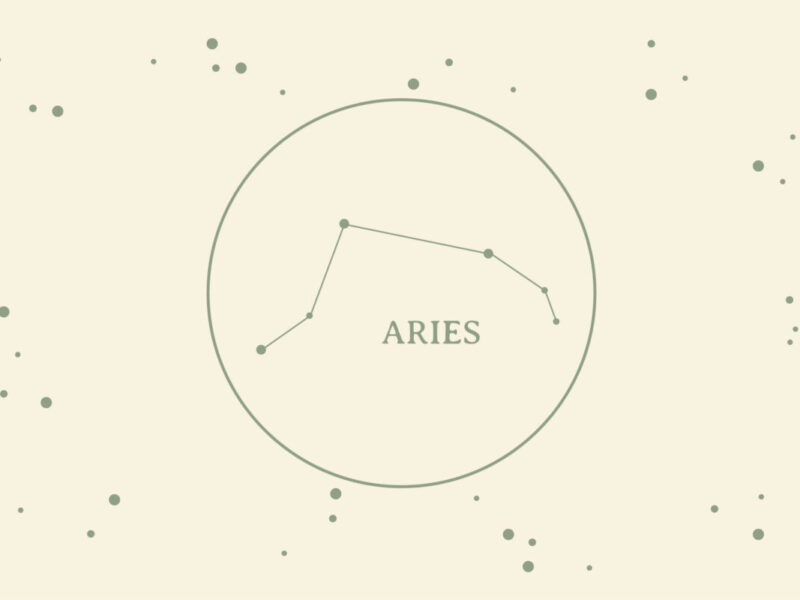I am sure you have heard it before: show, don’t tell. It is the celebrated telling vs. showing in prose. In this regard, Anton Chekhov writes, in a letter to his brother, Alexander Chekhov, “for instance: you will capture the truth of a moonlit night if you’ll write that a gleam like starlight shone from the pieces of a broken bottle, and then the dark, plump shadow of a dog or wolf appeared.” This passage has been transformed into the well-known line, “don’t tell me the moon is shining; show me the glint of light on broken glass.” Either way, this principle is valid in poetry too; visual language helps us to convey the message of our poem.
Transporting your reader through different emotions and experiences by showing instead of telling is a useful way to immerse others in your writing. The art of showing uses specifics to bring your reader closer to the narrative, increasing the mood of your poem.
So, what is the main difference between them? While tell consists of affirmations, show resides in showing the lyrical voice in action. When you tell something rather than show it, you just inform your reader, instead of permitting them to experience the essence of a stanza. You could show the anxiety of the poetic “I” by making them pace or tap their fingers on the table. Use descriptive words to make your pieces compelling. You are painting pictures with your words. Use all five senses while you write and remember metaphors are a wonderful way to express our perceptions. If you do that, you will start to think visually.
Here are some examples of show, don’t tell, as well as two methods you can use to avoid the telling:
Telling: She was cold.
Showing: Her red noise sniffed and she rubbed her hands quickly.
Telling: Autumn had arrived in all its strength.
Showing: Dry and brownish leaves covered the pavement of every alley in the village.
Telling: He could tell his friend had been drinking.
Showing: When he hugged him, the bitter aroma of whiskey flooded his nostrils.
By showing instead of telling, you invite the reader to be a part of your creation. They can see your imagery in their mind’s eye. Practice thinking visually with these forms and tips below:
Write lyrical poetry
Lyrical or lyric poetry is a formal category of poetry in which the poet manifests personal emotions usually written in the first person. A lyrical poem is frequently non-narrative and short (except odes and elegies that are longer). However, it preserves some elements of melody, and because of that, it can be converted into music. Here are the various types of lyrical poetry:
Personal Lyric: a poem in which the poet and the speaker are the same person
Ode: a long poem that celebrates a specific theme or object;
Dramatic Monologue: a poem in which the poet assumes a dramatic persona;
Elegy: a formal poem to celebrate the soul of someone who has passed away;
Sonnet: a poem of fourteen lines using any of a number of formal rhyme schemes, in English typically having ten syllables per line;
The forms above are marvelous ways to explore visual writing because they allow you to write with expressive and evocative words.
Experiment with narrative poetry
Similar to a short story, the narrative poem is a longer form that lends itself to exploring subjects visually—think epics like The Odyssey or Beowulf. But you don’t have to be Homer to experiment with narrative poetry. Think of a story you want to tell and tell it in a long, visual form.
Let loose with free verse poetry
Also called irregular poetry, free verse poetry does not adhere to any specific structure. With this form, you offer your own shape to your poem. Yet, you still can use rhyme, rhythm, and alliteration, among other literary devices. Due to its nature, you can explore visual writing without all of the rules.
Utilize different points of view
Point-of-view narration comes from the lyrical voice or character. There are a few you can explore: the first person is a narrator who tells the poem/story as “I,” the second person addresses “you,” the reader, and the third person addresses an off-page “she,” “he,” or “they.”




